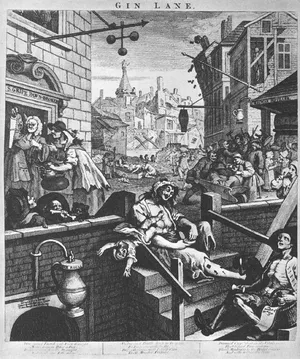The Culture of the Crowd
The eighteenth-century crowd has received a great deal of attention from historians. Debates focus on the composition of the crowd and its political significance. This seminar will consider the cultural impact of the crowd on British politics.
Suggested Reading
-
Nicholas Rogers, Crowds, culture and politics in Georgian Britain
-
John Bohstedt, Riots and community politics
- C Emsley, ‘Repression, Terror and the rule of law in England during the decade of the French Revolution’, English Historical Review, 1985
- John Plotz, The Crowd: British literature and public politics
- Benjamin Heller, 'The "Mene Peuple" and the Polite Spectator : The Individual in the Crowd at Eighteenth-Century London Fairs', Past and Present, 2010
- N Rogers, ‘Crowd and people in the Gordon riots’ in E Hellmuth (ed.), The Transformation of Political Culture
- N Rogers, 'Crowds and political festival' in Tim Harris (ed.), Politics of the Excluded
- G Rudé, Paris and London in the 18th century: studies in popular protest
-
G Rudé, The crowd in history
-
J Stevenson, Popular Disturbances in England, 1700-1832
-
E P Thompson, ‘The moral economy of the English crowd’, Past and Present, 1971; ‘Patrician society, plebeian culture’, Journal of Social History, 1974 and ‘Eighteenth-century English society: class struggle without class’, Social History, 1978
- Peter Jones, 'Swing, Speenhamland and rural social relations : the 'moral economy' of the English crowd in the nineteenth century', Social History, 2007
-
Clare Brand and Susan Whyman, Walking the streets of eighteenth-century London
Sources
Research the cultural signficance of a particular political crowd. Examples could be: 1688, Excise crisis, Gordon Riots, Peterloo, Queen Caroline etc. Suggestions for sources include ECCO, eighteenth-century newspapers, Bodleian collection of pamphlets and broadsheets, British Museum Prints and Drawings database.

